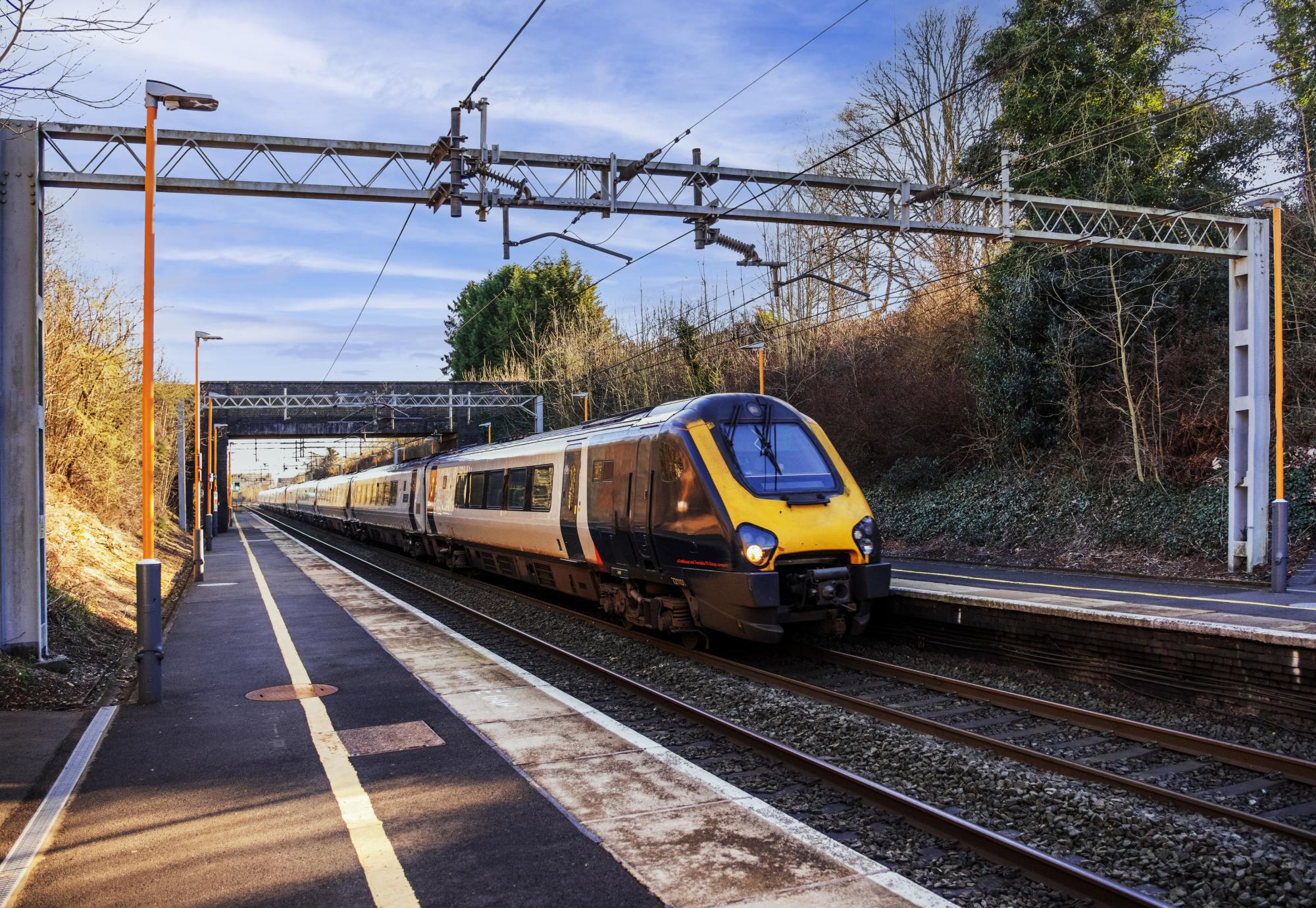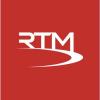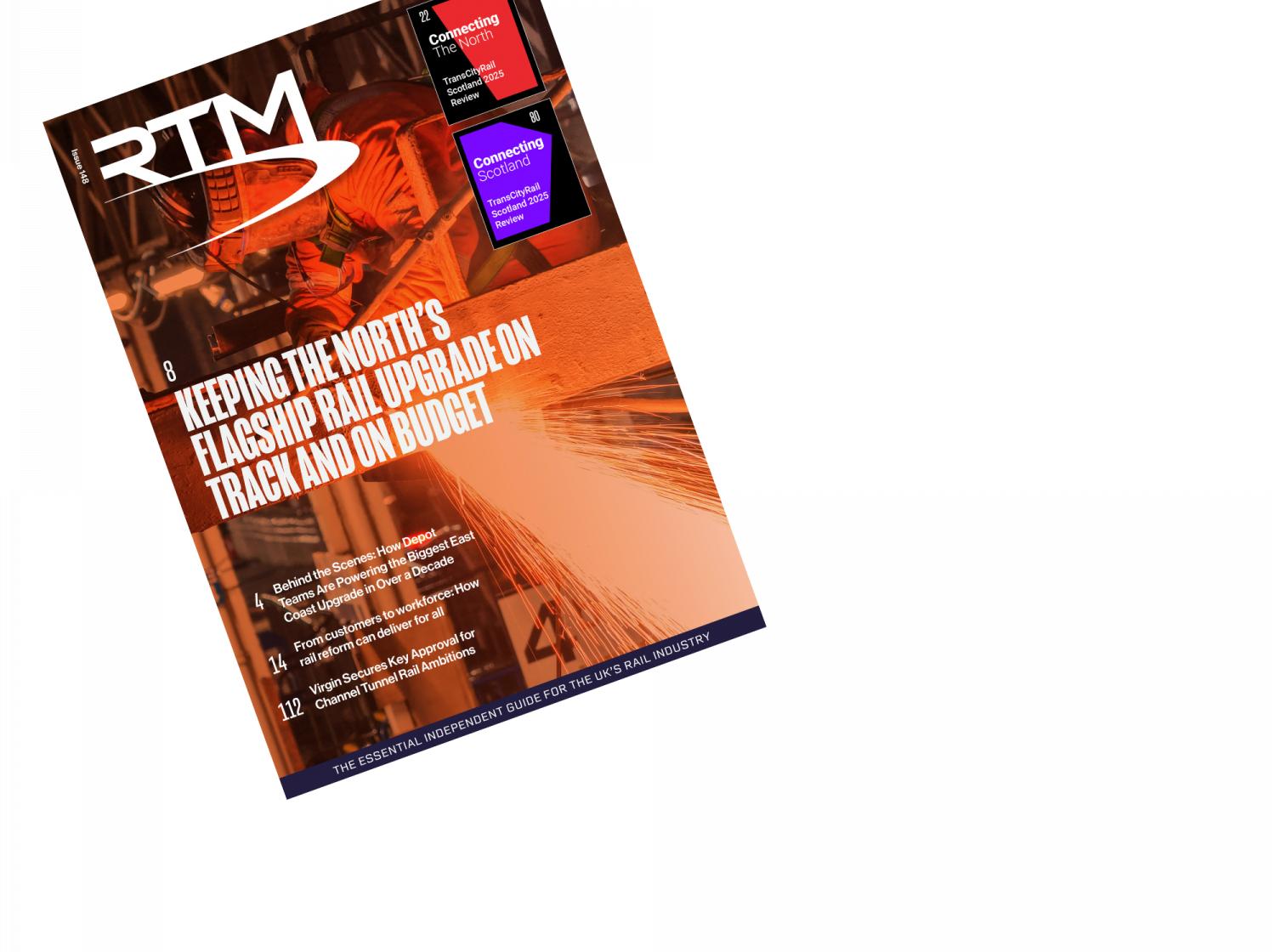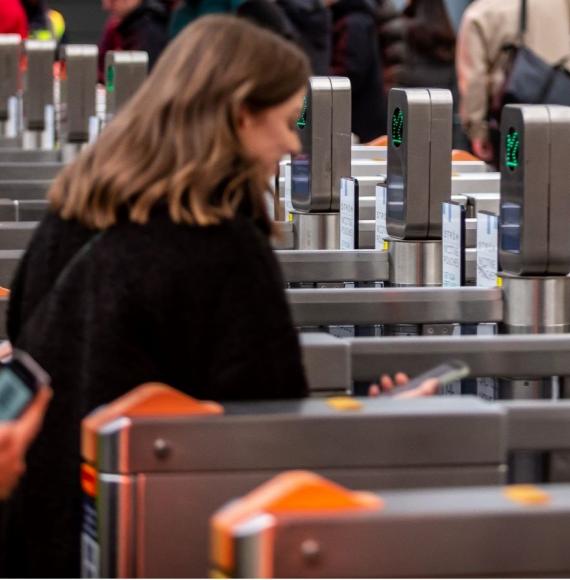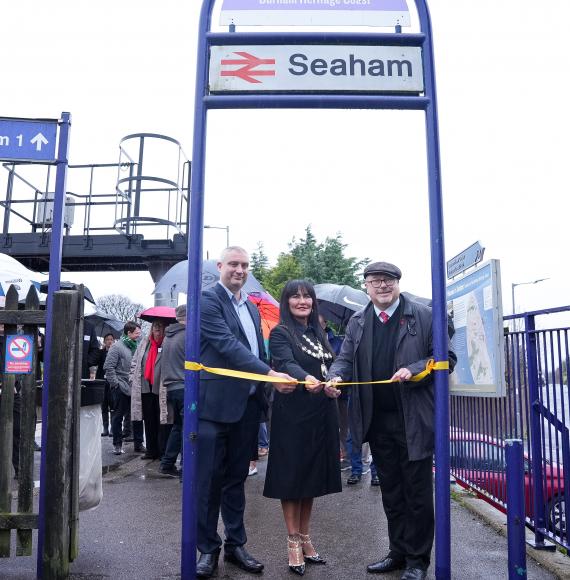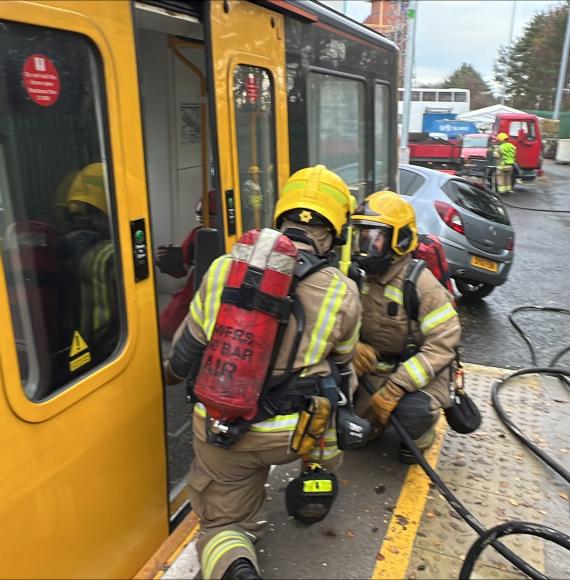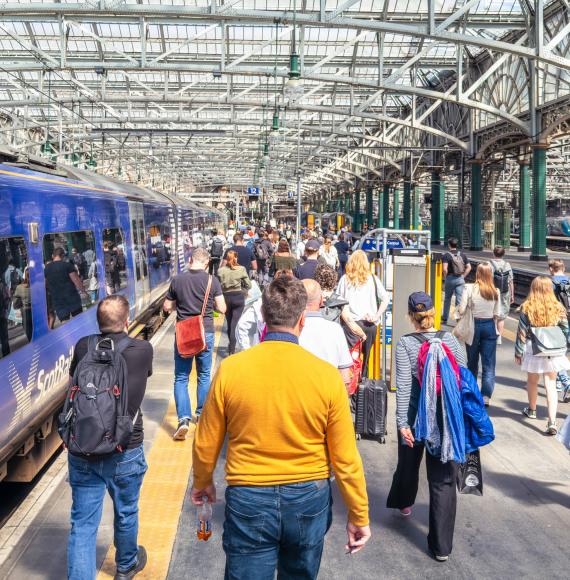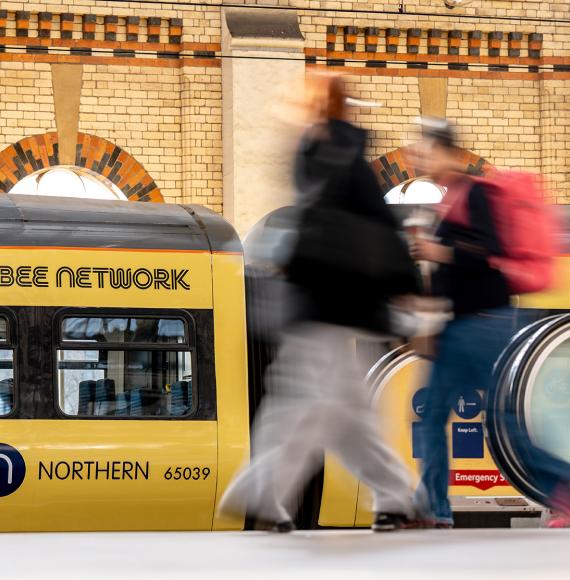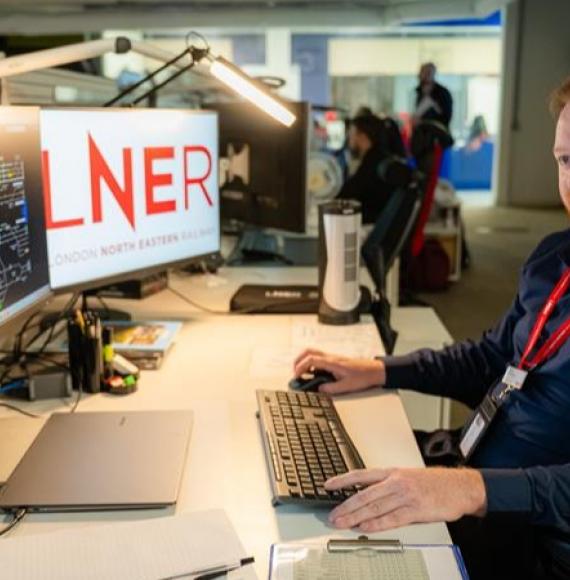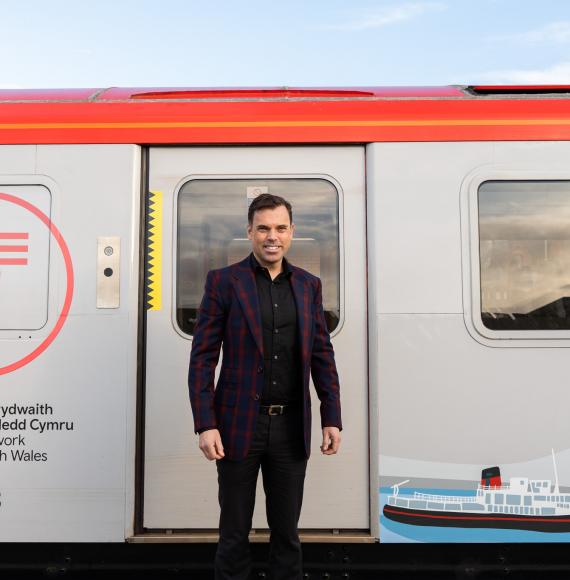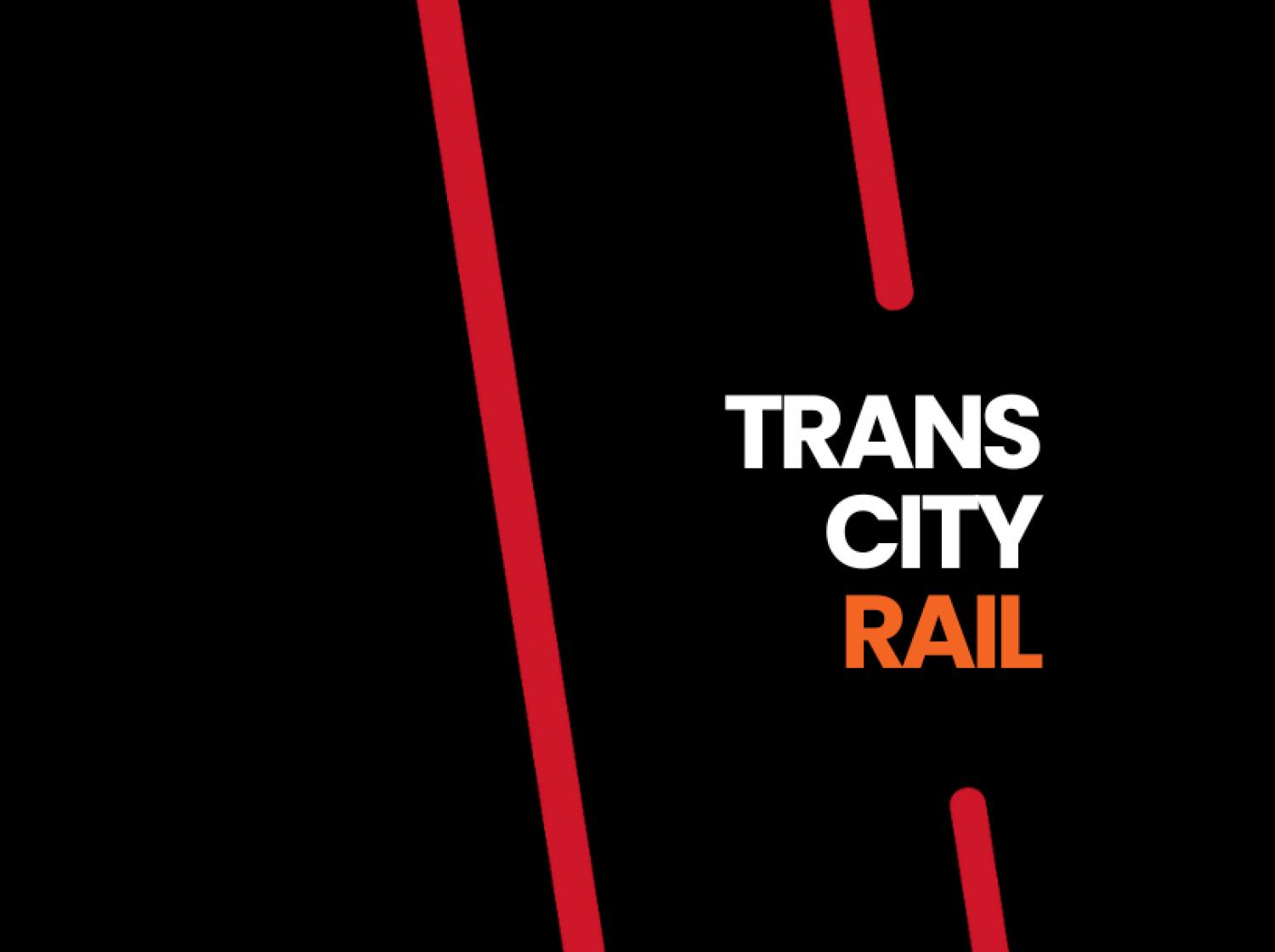The Railway Industry Association (RIA), representing UK rail suppliers, has called on the new Government to clarify its plans for rail enhancements. This clarity is crucial for businesses to maintain their investment confidence in the UK.
It's been five years since the last comprehensive rail enhancements pipeline was published by the previous Government on 21 October 2019. Back then, there was a commitment to publish a Rail Network Enhancements Pipeline (RNEP) annually.
RIA Chief Executive Darren Caplan said:
“Suppliers need visibility of the Government’s future plans to invest with confidence."
"Five years is a long time to have no visible pipeline for rail enhancements not least because roughly £2bn per year of taxpayer money was allocated for these rail projects. The upcoming Budget on 30 October is a good opportunity to announce what the future approach to providing clarity will be, including whether the RNEP process will be discontinued by the new Government.
“RIA member companies and many in the wider UK supply sector are reporting concerns about uncertainty and hiatus around work pipelines and continue to raise the lack of clarity on enhancements as a key issue. So we strongly urge the new Government to set out a long-term plan for enhancements, to enable rail suppliers around the country to plan their resources and investments, and ultimately deliver best value for money for the taxpayer when it comes to taking these schemes forward.”
Caplan added: “Positively, we are encouraged by Transport Minister Lilian Greenwood’s statement in response to a Parliamentary question on the RNEP that the Government plans to create a more ‘unified system for the railways’. We welcome the new Government continuing to fund major projects such as HS2 Phase 1, and Transport Secretary Louise Haigh’s commitment in early October to end the “boom and bust” approach to rail manufacturing by delivering a long-term industrial strategy for rolling stock. We now ask the Government to publish further details of how bringing infrastructure and services closer together will deliver benefits for both the railway industry and for passengers, freight customers and taxpayers.”
Image credit: iStock

